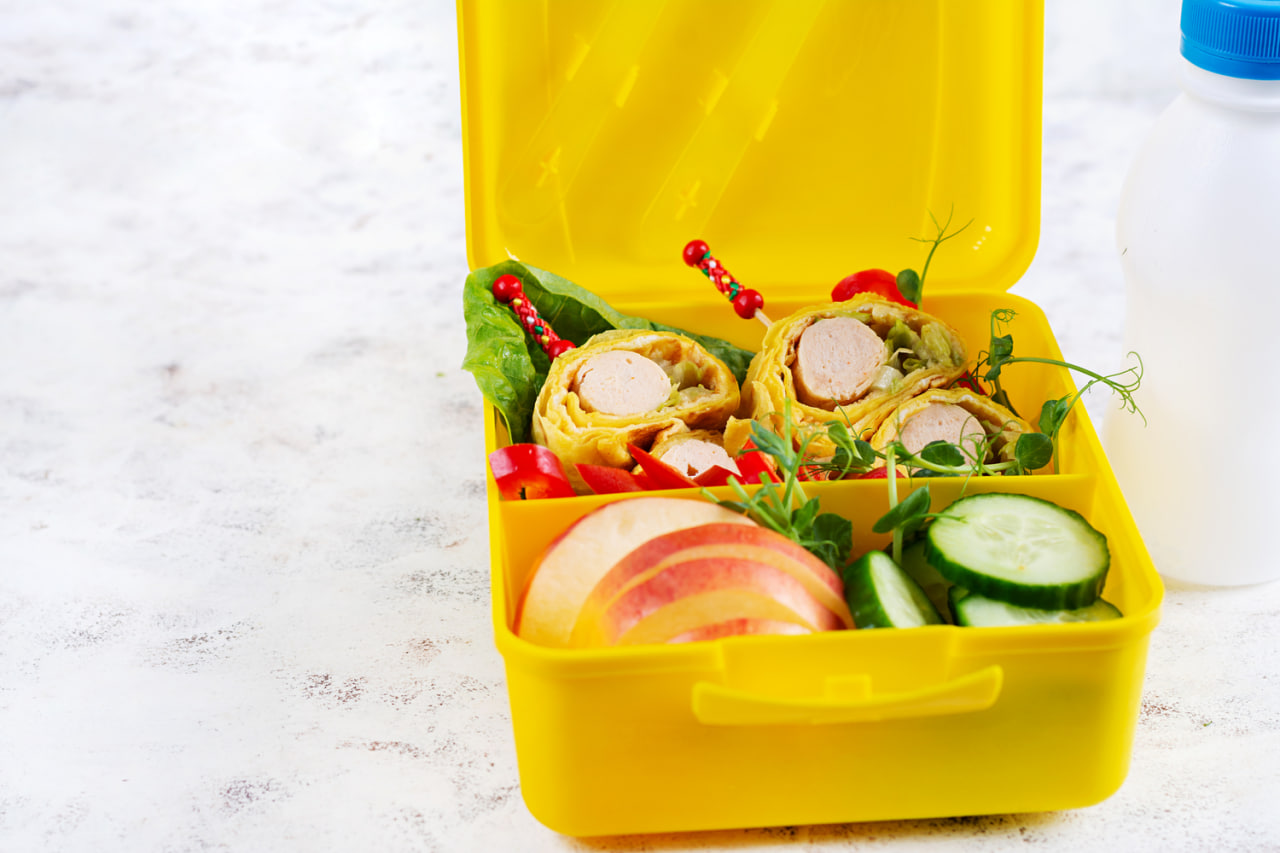Packing your child’s lunch can feel like a guessing game — especially when you’re trying to hit the sweet spot between nutritious and something they’ll actually eat. The good news is, building a balanced lunch doesn’t require complicated recipes or precise measurements. With a reliable framework and a few go-to components, you can consistently create meals that fuel your child’s body and mind throughout the school day.
A balanced lunch starts with three key ideas: variety, energy, and appeal. The goal is to offer a mix of nutrients that keep kids full and focused, while also presenting foods in a way that’s fun and inviting. Here’s a simple formula you can follow every time: protein + produce + something fun — supported by whole grains and healthy fats when possible.
1. Start with a Reliable Protein Source
Protein is the foundation of any satisfying meal. It helps with energy, concentration, and growth, and keeps hunger at bay through the afternoon. For lunchboxes, you want protein that’s easy to prepare and safe to eat cold or at room temperature. Great options include:
- Hard-boiled eggs
- Hummus or bean spreads
- Chicken, turkey, or tofu strips
- Cheese cubes or string cheese
- Greek yogurt or plant-based yogurt with protein
- Lentil patties or veggie nuggets
The portion doesn’t have to be large — just enough to offer steady energy. Rotate different protein types across the week to keep things interesting.
2. Add Fruits and Vegetables in Appealing Ways
Fruits and vegetables provide fiber, vitamins, and hydration — all essential for kids’ health and digestion. The challenge is making them inviting. Presentation plays a big role here. Offer a mix of colors, shapes, and dips to encourage kids to explore new options.
Fruits are often more accepted, so use them as a reliable part of the lunchbox. Fresh berries, apple slices, grapes, orange segments, or melon chunks are great choices. Try packing them on skewers or with a little nut-free dip like sunflower seed butter.
For vegetables, go for crisp and mild options: cucumbers, cherry tomatoes, sweet pepper strips, carrot coins, or snap peas. Add a favorite dip like hummus, ranch, or a yogurt-based dressing to increase the fun factor.
3. Include a Smart Carbohydrate
Complex carbs offer long-lasting energy and are an important part of a balanced meal. Choose whole grains whenever possible. They keep kids full longer and support better concentration in class.
Some good lunchbox-friendly choices include:
- Whole grain bread or wraps
- Brown rice, quinoa, or pasta
- Whole grain crackers
- Oats (in muffins or overnight oat cups)
- Pita, tortilla chips, or mini bagels
Carbs also serve as a vehicle for proteins and veggies — like a wrap filled with hummus and shredded carrots, or crackers paired with cheese and cucumber slices.
4. Don’t Forget Healthy Fats
Fats are essential for brain development and help absorb fat-soluble vitamins like A, D, E, and K. They also add richness and satiety to meals. Healthy fat sources that work well in lunches include:
- Avocado slices or guacamole
- Cheese
- Full-fat yogurt
- Olive oil-based dressings
- Nut- and seed-free butters (like sunflower or soy)
Even small amounts make a big difference in both taste and nutrition.
5. Add a “Fun” Item — Without the Guilt
Kids often look forward to a treat or “fun” food in their lunch. Including something familiar or indulgent — even if it’s not traditionally labeled healthy — can improve their overall attitude toward food and reduce the chances of lunchbox rejection.
This could be a homemade muffin, popcorn, pretzels, a few chocolate chips mixed with dried fruit, or a favorite cracker. Balance means allowing room for joy, not just nutrients.
A Balanced Lunch in Action
To put the formula into practice, think of each lunch as a puzzle with flexible pieces. For example:
- Protein: Chicken cubes
- Produce: Cucumber slices and apple wedges
- Carb: Whole grain crackers
- Fat: A small container of guacamole
- Fun item: A mini banana oat muffin
Swap any element depending on what your child likes, what you have on hand, and how much time you have. You don’t need to reinvent the wheel every day — just build from the same reliable base.
When lunches are consistent in structure, it becomes easier for both parent and child to know what to expect. Over time, children learn to recognize what a balanced meal looks like, which sets them up for long-term healthy habits — even outside the lunchbox.
A simple, flexible formula makes the process less stressful, more enjoyable, and far more successful in the long run. The goal isn’t perfection. The goal is nourishment that works for your family.

